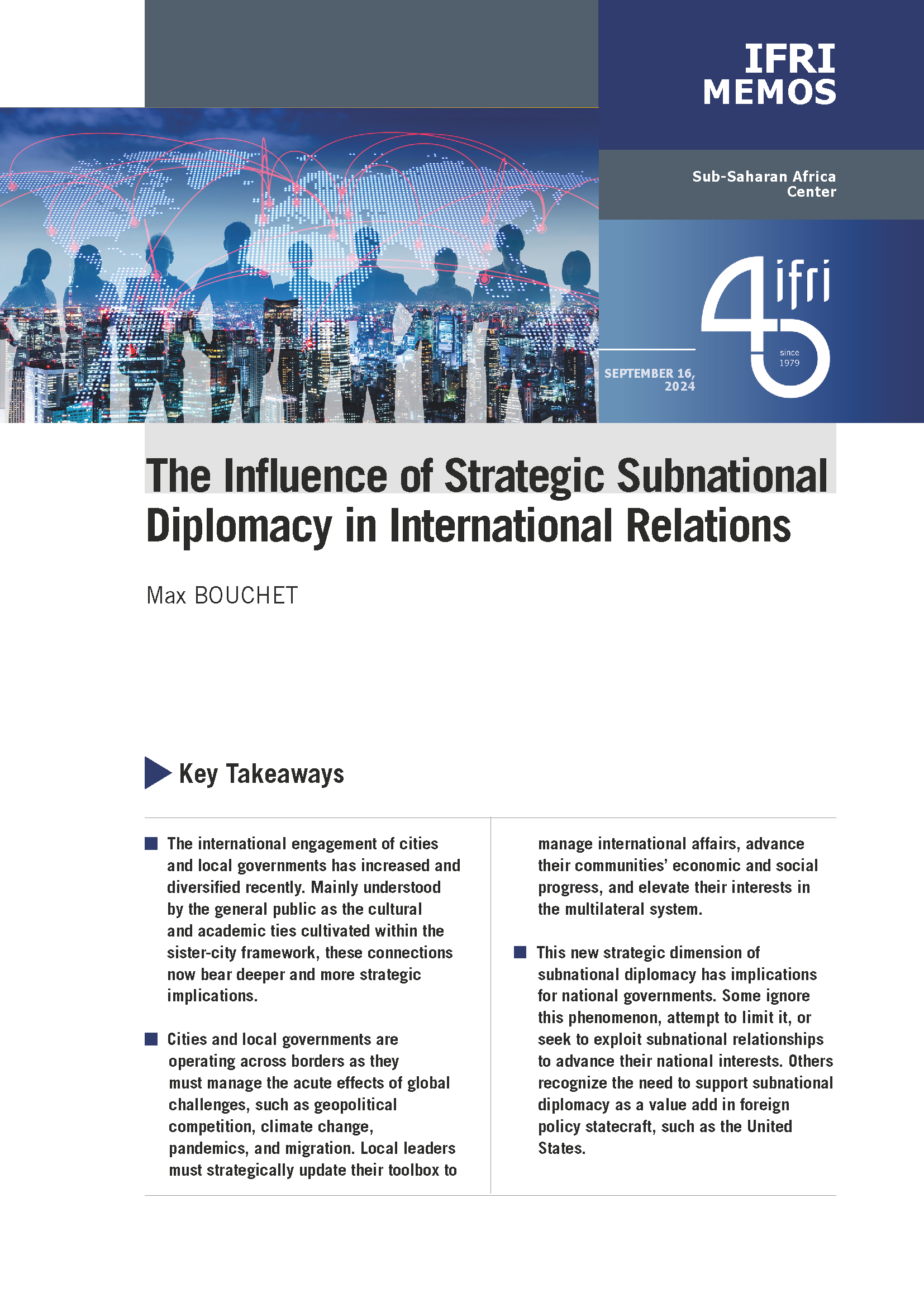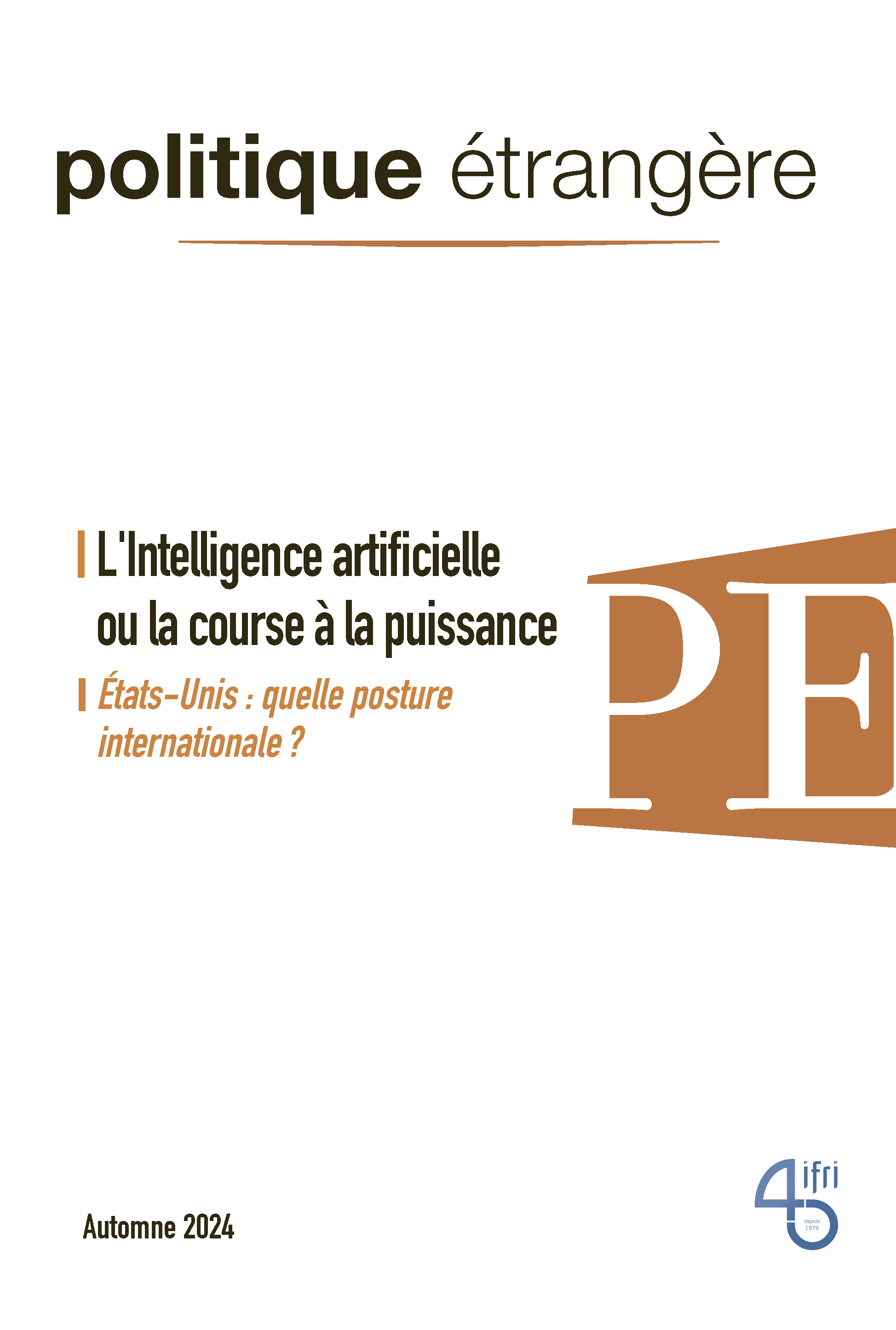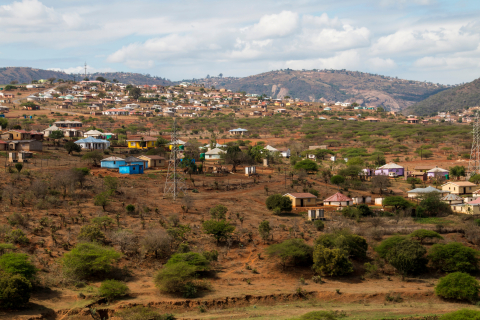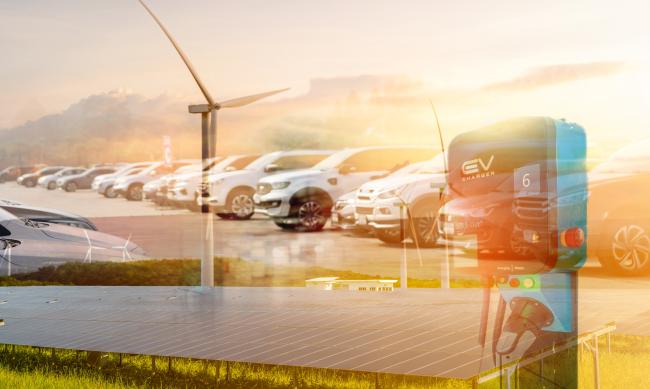Saving Wind from its Subsidies

European subsidies for wind energy are too high and unspecific. They risk frustrating their own objective.
Anyone with some property, a limited amount of capital and some initiative can become a wind baron. Politicians have realized that they can burnish their environmental credentials, promote a local wind farm and earn tax revenues for their municipality all thanks to the generosity of the public - the ultimate paymaster for all subsidies. The subsidies should be designed to promote the technologies not enrich political or commercial opportunists. They should promote the technology in its early days and be withdrawn as the technologies mature. On shore wind is at that threshold.
Travelling France, for example, one can see the countryside dotted with 100 meter towers and three bladed machines sometimes turning in the wind, but more often not. Every kilowatt hour of electricity is guaranteed a feed-in tariff rate which EdF is obliged to pay that is roughly 50 percent more than the average cost per KWh. Given the feed-in tariff, an onshore wind installation need operate only 25% of the time to generate a 10% - 20% return on capital. That is a nice return in a no-risk environment and you don’t even need much wind. The landowner gets paid a rental fee for allowing the installation, the vendor sells wind machines, the entrepreneur is handsomely rewarded and everyone is happy. Except perhaps EdF that has to pay that price for electricity from a dispersed population of wind machines that too often are not easily handled by a grid that hasn’t yet learned to be smart enough to manage intermittent power. Oh - and the consumer should be unhappy - but he may not know that.
If we are serious about wind power, we need to constantly reevaluate the subsidy structure and specificity to maintain order in wind machine placement and management. Wind technology has advanced quickly in large measure due to these subsidy programs, but the technology has now moved from a need for life support to outpatient status. We need carefully and sensitively planned wind farms with strategically placed wind machines to maximize the harvest of the wind resource and a grid that can efficiency dispatch the power. We need to identify sites that are sufficiently remote to avoid turning our populations against wind energy. Environmental degradation is becoming a major challenge to valid wind projects because of the arbitrary way wind machines are permitted today.
We need to upgrade our grids to effectively dispatch wind and be able to balance its intermittence against other sources of power so that wind itself does not become a source of instability. New transmission lines need to be run to bring wind power from often remote areas and eventually from offshore. All of that, plus the siting and permitting of new conventional or nuclear capacity will already require expending a great deal of political capital. Let us be judicious with public money for low carbon technologies. Solar technologies and biofuels might benefit more now than wind from a financial stimulus as those technologies are much further from commercial viability. Putting windmills unnecessarily in the public’s critical eye because they are a no-risk way to make money or because they create a politically useful green impression is not a good use of the public’s money.

Also available in:
Regions and themes
Share
Related centers and programs
Discover our other research centers and programsFind out more
Discover all our analysesThe Aluminum Value Chain: A Key Component of Europe’s Strategic Autonomy and Carbon Neutrality
The United States of America (US), Canada and the European Union (EU) all now consider aluminum as strategic. This metal is indeed increasingly used, especially for the energy transition, be it for electric vehicles (EVs), electricity grids, wind turbines or solar panels.
The EU Green Deal External Impacts: Views from China, India, South Africa, Türkiye and the United States
Ahead of June 2024 European elections and against the backdrop of growing geopolitical and geoeconomic frictions, if not tensions, between the EU and some of its largest trade partners, not least based on the external impacts of the European Green Deal (EGD), Ifri chose to collect views and analyses from leading experts from China, India, South Africa, Türkiye and the United States of America (US) on how they assess bilateral relations in the field of energy and climate, and what issues and opportunities they envisage going forward.
Electric Vehicles: A Strong and Still Understated Performance
Electric vehicles (EVs) are better for the climate – even in worst-case scenarios. Across its life cycle, a typical European electric car produces less greenhouse gas (GHG) and air pollutants or noise than its petrol or diesel equivalent. Emissions are usually higher in the production phase, but these are more than offset over time by lower emissions in the use phase. According to the European Environment Agency’s report on electric vehicles, life cycle GHG emissions of EVs are about 17-30% lower than those of petrol and diesel cars.
How Can the Green Deal Adapt to a Brutal World?
The European Green Deal has not been planned for the current extraordinarily deteriorated internal and external environment. Russia’s war in Ukraine, higher interest rates, inflation, strained public finances, weakened value chains, and lack of crucial skills pose unprecedented challenges.













